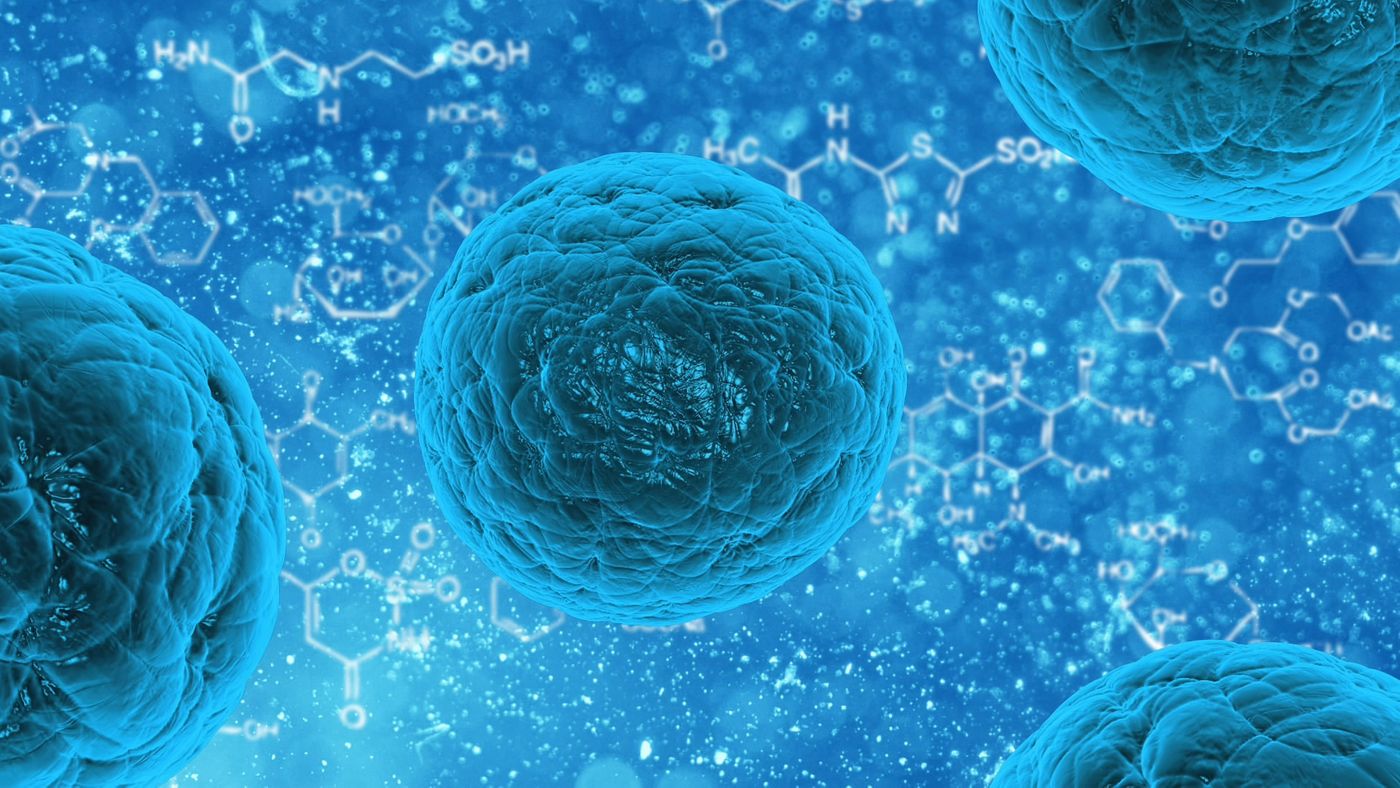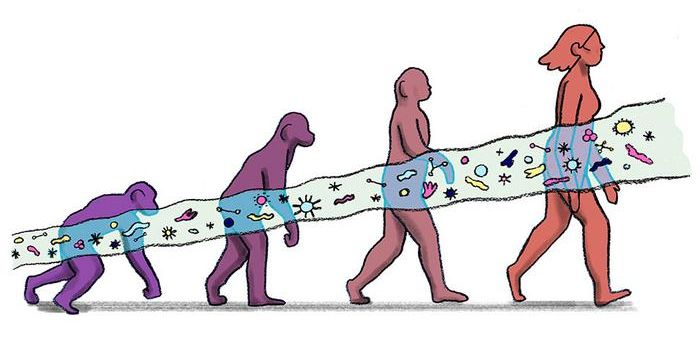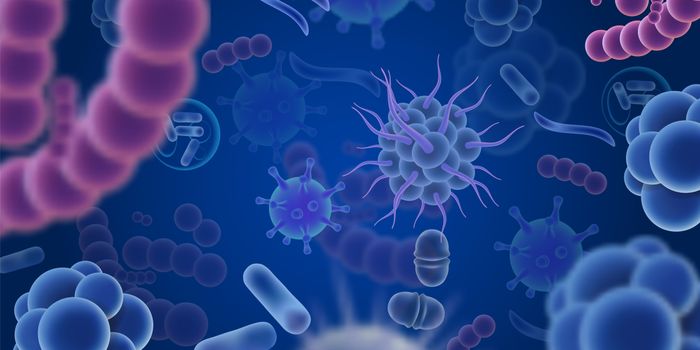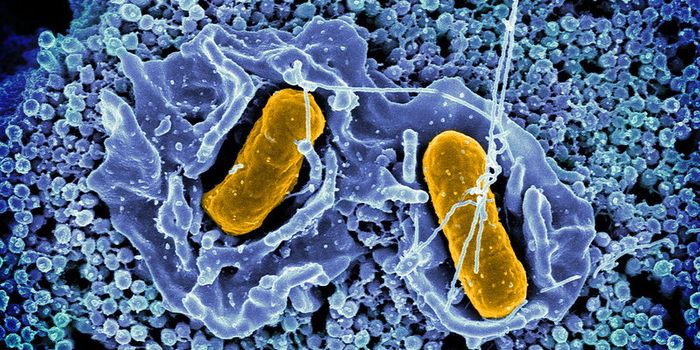In a First, Scientists Generate Early Human Immune Cells in the Lab
In 2015, Shinya Yamanaka was awarded the Nobel Prize when he developed a method for modifying a few genes in adult skin cells to turn them into pluripotent stem cells, which can then become any type of cell. This work opened up many new avenues in research. Now scientists have learned how to use these induced pluripotent stem cells to study the earliest stages of human immune cell production. The research has been reported in Nature Cell Biology.
Professors Ed Stanley and Andrew Elefanty of the Murdoch Children's Research Institute in Melbourne, Australia led the research. They said the work has helped us learn more about the earliest immune cells in the body. These cells, a type of lymphocyte, are made by cells that generate the first organs, and not stem cells in the bone marrow, which usually produce new blood cells.
The scientists engineered stem cells to emit green light when a gene called RAG1 was active; if so, it's making the RAG1 protein, which is an early indicator of immune cells. The protein also plays a role in the immune response to vaccines and infections. Cells that were expressing the gene were isolated by the scientists, who then showed that they still had the potential to form several types of immune cells.
"We think these early cells might be important for the correct maturation of the thymus, the organ that acts as a nursery for T-cells" said Stanley. "These RAG1 cells are like the painters and decorators who set up that nursery, making it a safe and cozy environment for later-born immune cells."
"Although a clinical application is likely still years away, we can use this new knowledge to test ideas about how diseases like childhood leukemia and type 1 diabetes develop," added Elefanty. "Understanding more about the steps these cells go through, and how we can more efficiently nudge them down a desired pathway, is going to be crucial to that process."
Sources: AAAS/Eurekalert! via Murdoch Childrens Research Institute, Nature Cell Biology









